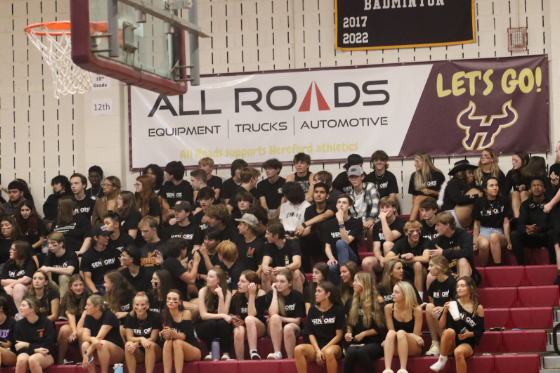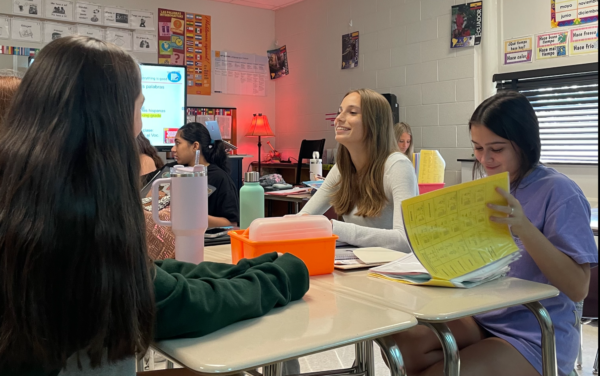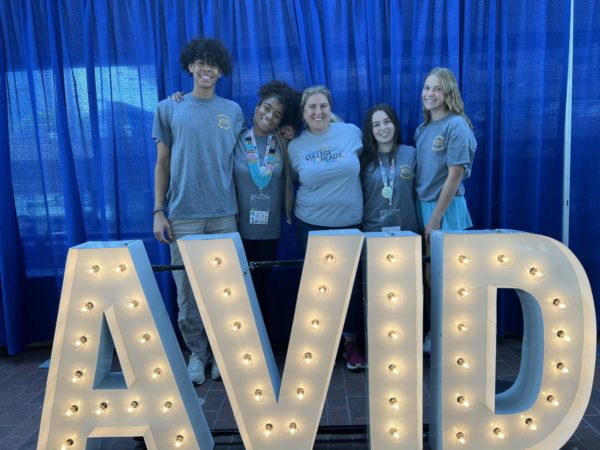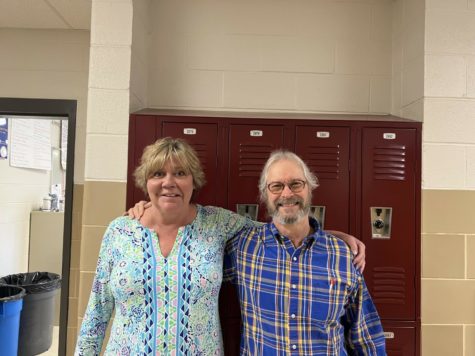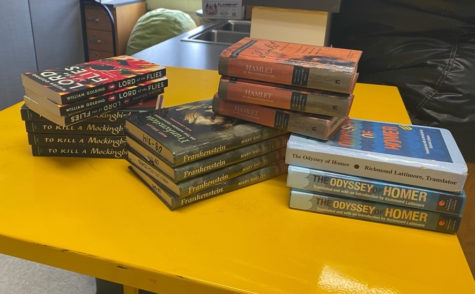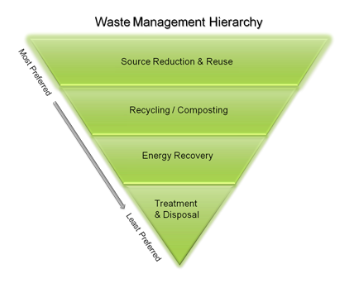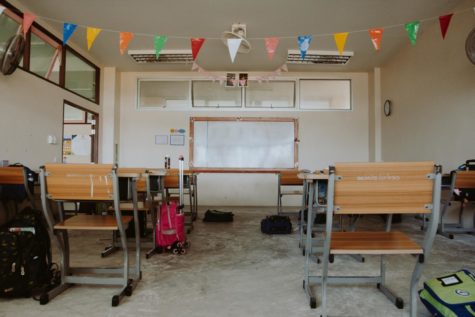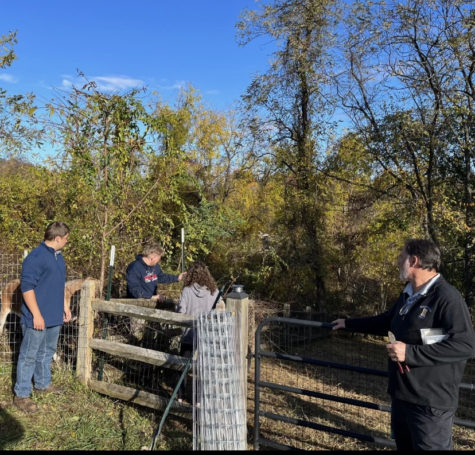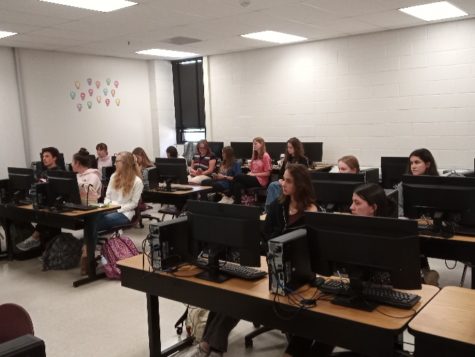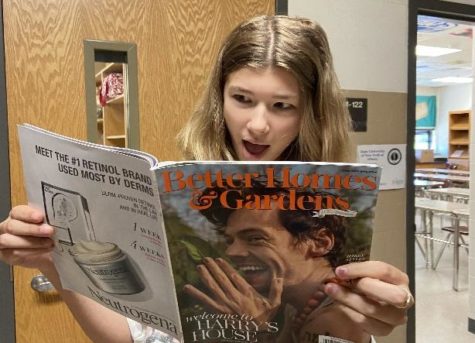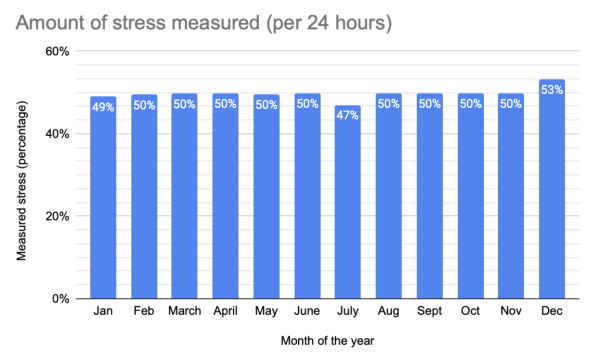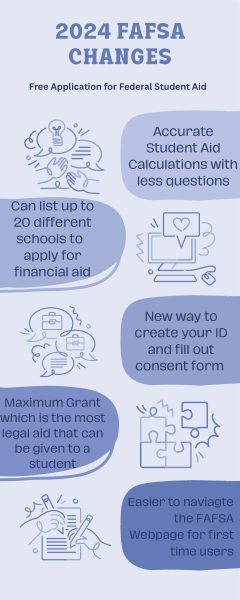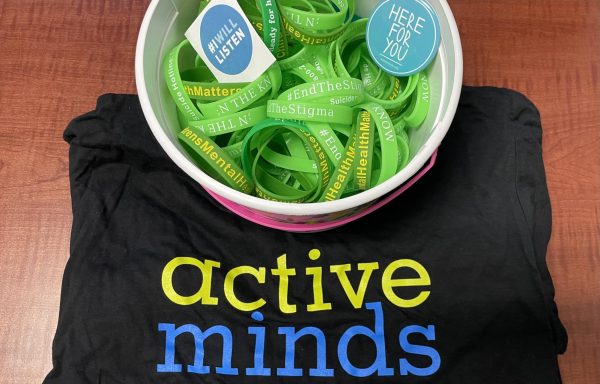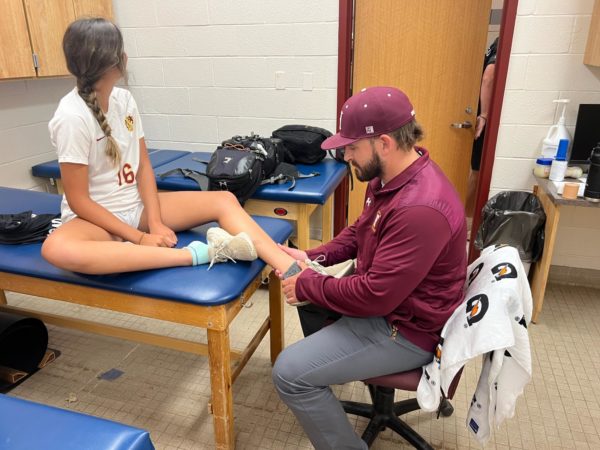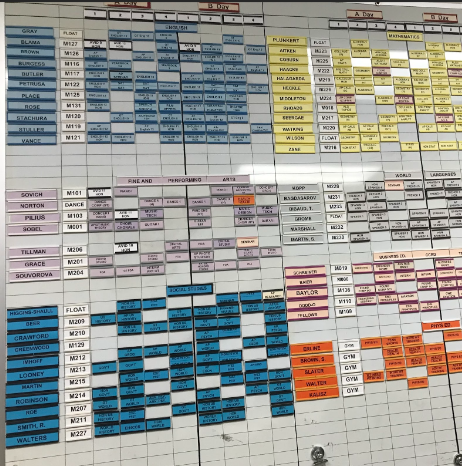Students clear for takeoff with new flight simulator
Learning to drive a car is almost every teenager’s rite of passage, but what if students began leaving high school with more than just a driver’s license? Beginning next year, a brand-new course completer will be introduced to the list of electives: flight and aviation class. The class, supervised by Weston Fellows and Michael Dodd-o, will now be offered for those who are interested. Students will be able to earn a valid pilot’s license with the help of an instructor and by using the newly purchased flight simulator in the tech wing.
This new curriculum is a part of the AOPA (Airplane Owners Pilots Association) and is only offered to two schools in the county, the other being Kenwood High School located in Middle River.
Fellows was able to purchase the flight simulator with help of a grant worth $1 million from the county, given to the office of Career Technology Education (CTE). The machine itself costs around $40,000.
“The curriculum is a four-year sequence that students go through and [the simulator] comes into play around year two or three. Right now we’re only on year one,” Fellows said.
Students in the class will be able to use the flight simulator during enrichment or have time in class to experiment with the controls.
“[The machine] is actually [Federal Aviation Administration] FAA certified so you can get flight hours on this with a certified flight instructor,” Fellows said.
The simulator is an exact copy of a Cessna plane’s cockpit. A Cessna plane is a fixed wing, four-seater, single engine aircraft. All of the controls, buttons and switches are made to simulate an experience that is realistic and will prepare aspiring pilots for success.
“Someone who is interested in getting a fixed wing pilots license can take this class, have a flight instructor come in, and earn flight hours which can go towards getting their actual pilot’s license,” Fellows said.
I decided to do some investigation on how this machine really works, and with the help of Fellows, I was able to try it out.
When sitting in the “cockpit,” there are two pedals that help with banking left or right, without turning too sharply. There are four different screens, which act like windows, so you are able to see all angles of what’s ahead. The tasks included flying through targets, learning the controls, and of course, not crashing, which is harder than it seems. Thankfully, in the future, the grant will allow for the certified instructor to teach students the proper way to fly a plane without messing up.
However, to understand a plane and all of its components, students who decide to take this course will need to understand the technical science behind flight as well. Devin Zahn (’20) is enrolled in his first year of flight and aviation.
“I’m in the class mainly because I’m already a licensed drone pilot which is one of the long-term goals of the class for the younger students progressing through each year,” Zahn said.
Their curriculum this year mainly consists of the technical aspects of flying, as well as its history.
“[We learn about] the mechanics and designs of planes as well as flight through history and understanding the principles of flight,” Zahn said.
Zahn also said students get to see the progression of how flight has evolved over the years, even flight to outer space.
There’s more to school than basic courses and grades. Thanks to technology like the flight simulator, students will be able to reach new heights, both literally and intellectually.
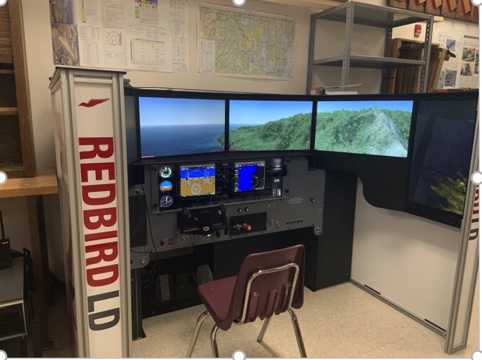
The flight simulator allows students to receive practice with an exact replica of a Cessna plane’s cockpit. This machine costed around $40,000.



